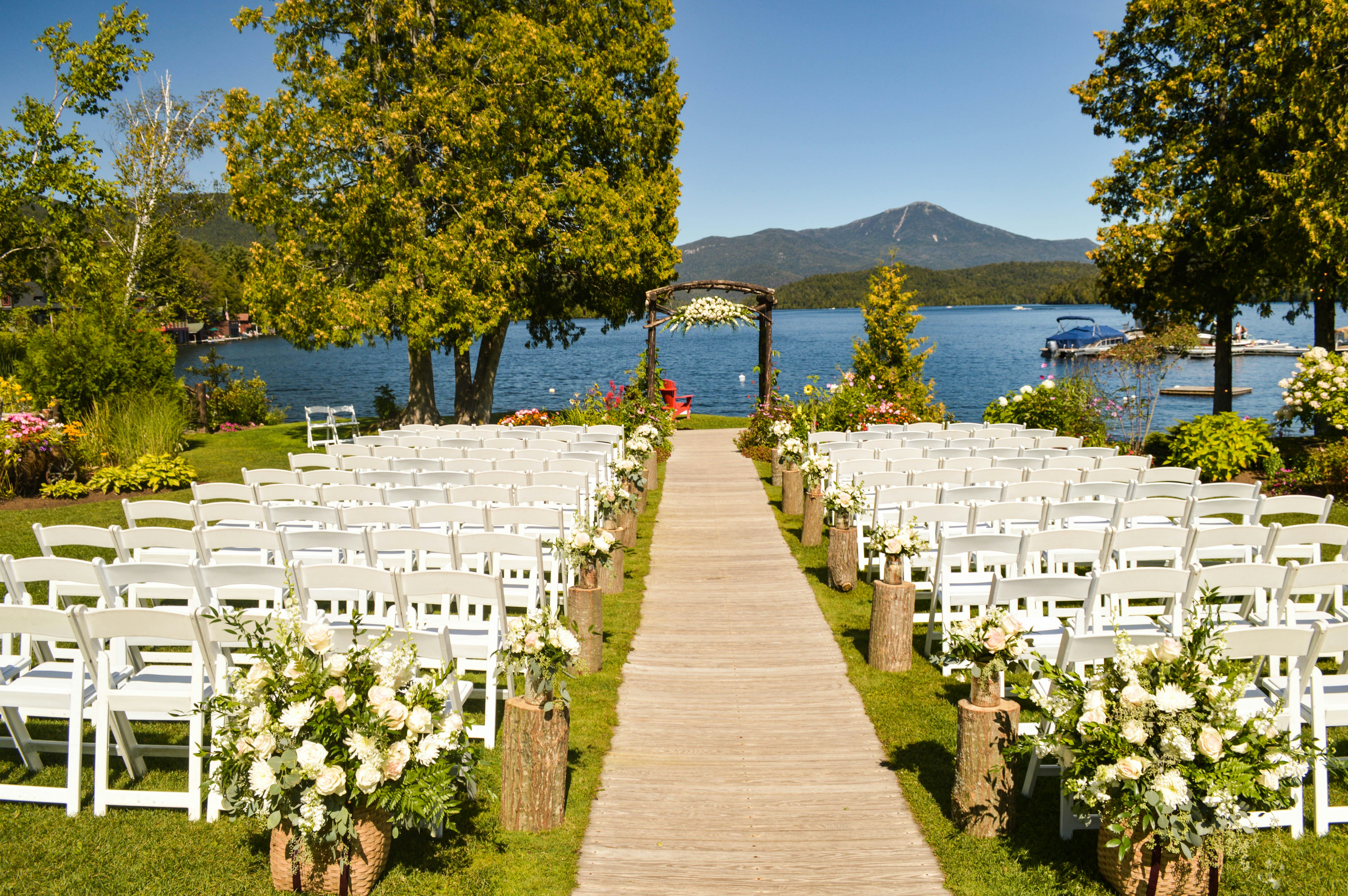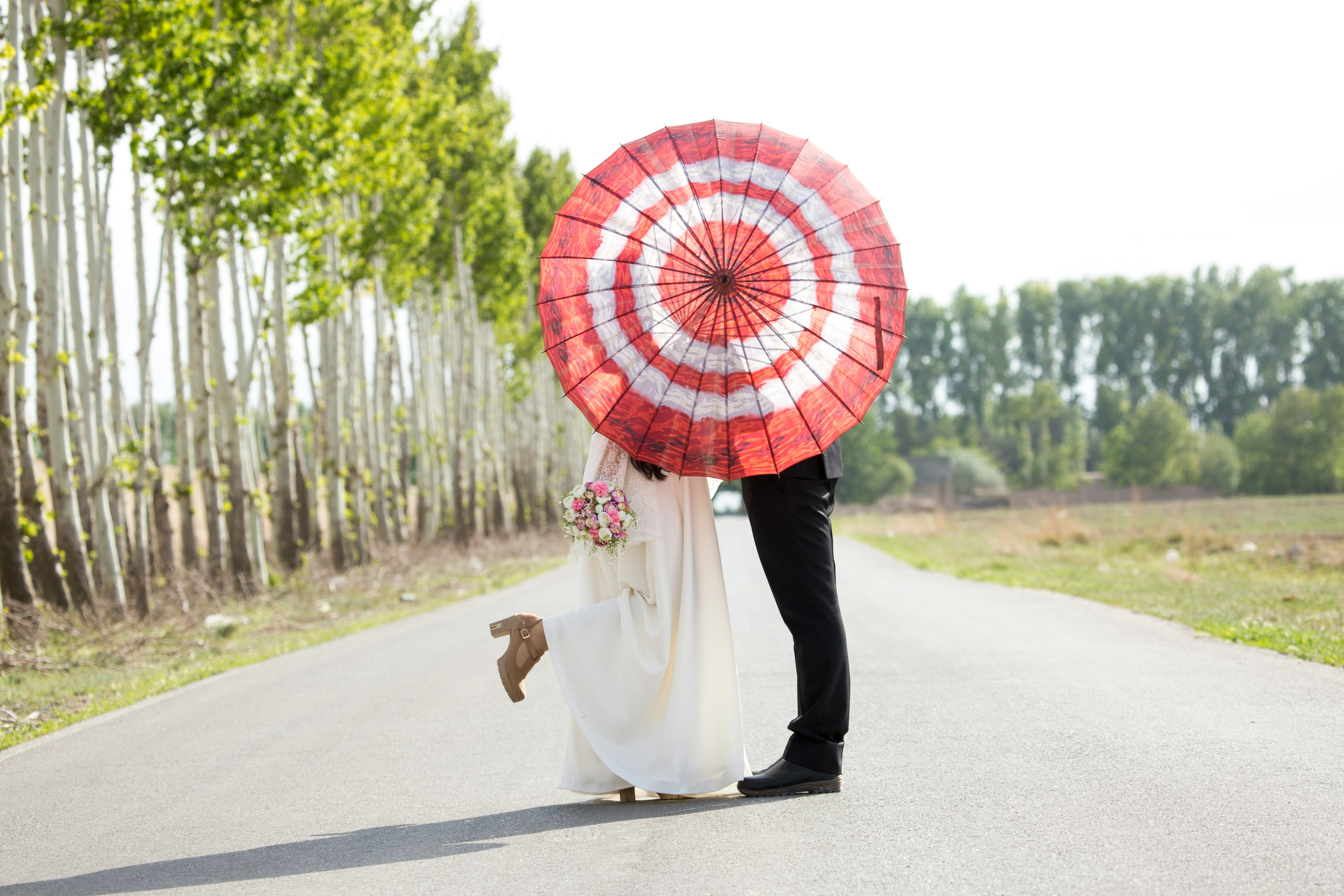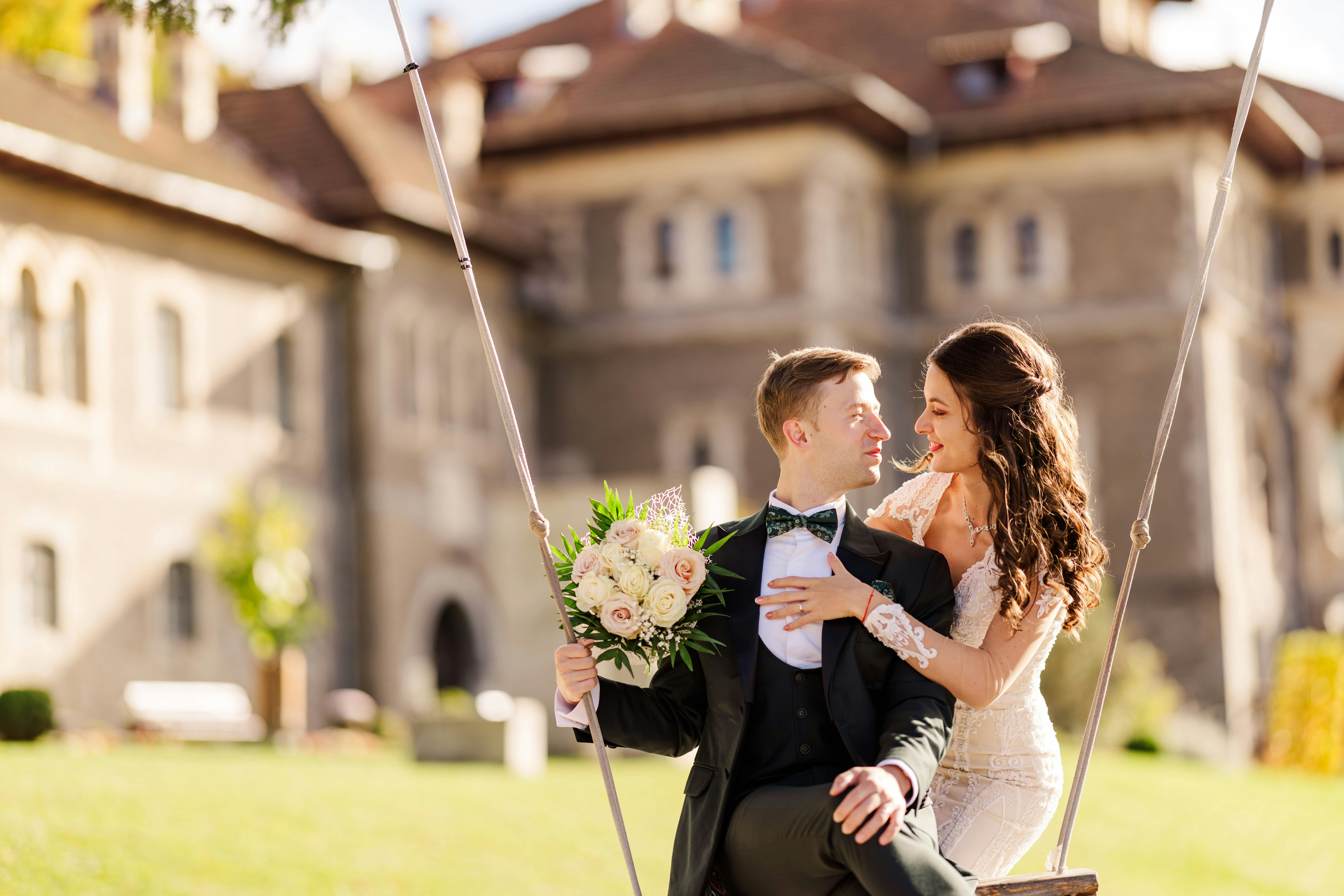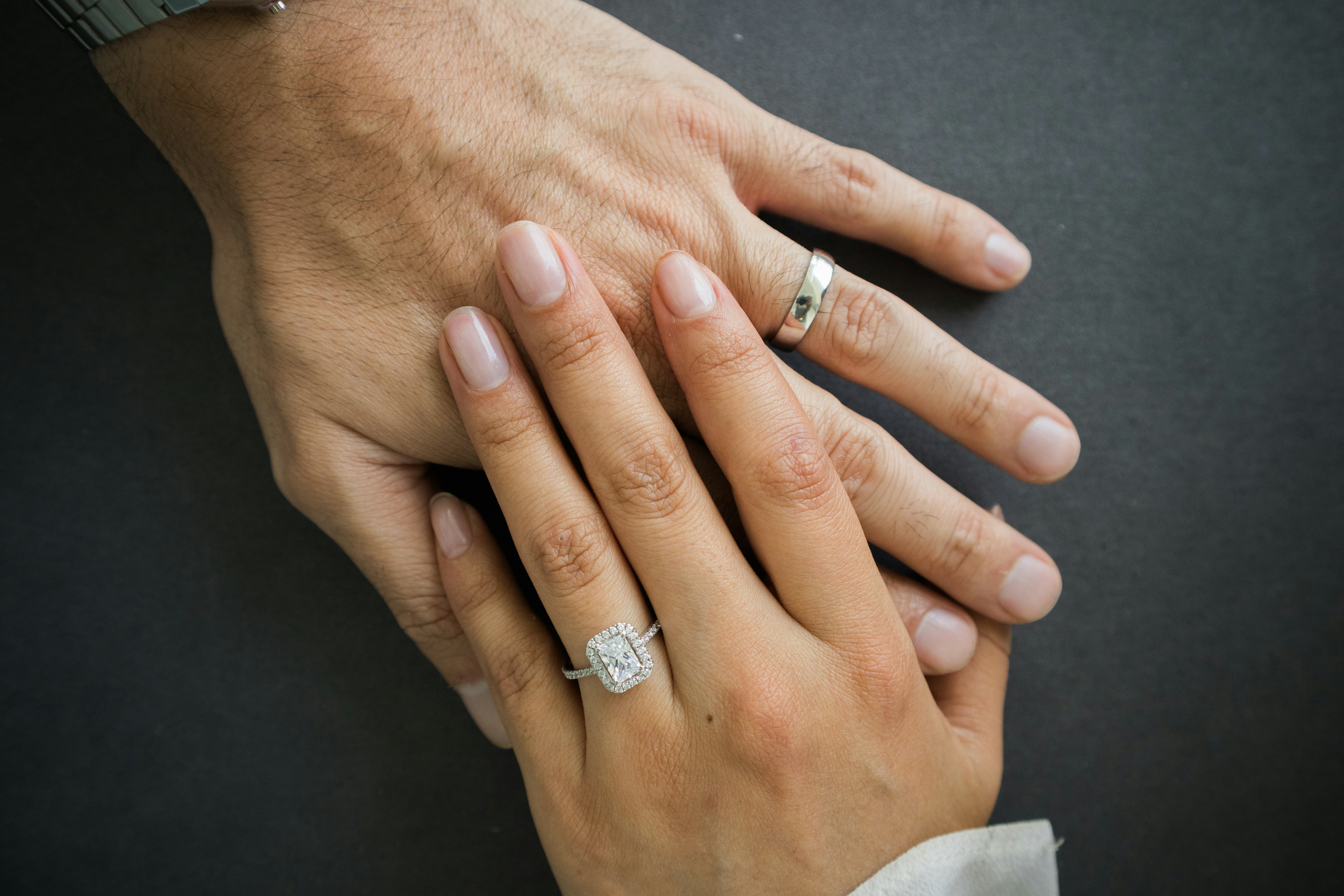Weather-Proof Your Wedding: How to Choose the Best Date for Clear Skies

Behind the planning of any well-planned wedding is one wild card: the weather. You have every last detail planned out — your emergency kit is prepped, your vows have secondaries and your checklist is checked off. But sunshine, storms, heatwaves or cool snaps are still, for now at least, completely beyond your control.
As much as we’d like to just turn the perfect-clear-sky dial, the realities of the world don’t quite work that way. Weather, of course, can be half the story of an outdoor celebration — even for those who plan to say “I do” indoors. “For so many couples, their wedding day is the biggest day of their lives, and many dream of sunny, blue skies and perfect weather,” Julia Reynolds, a meteorologist and event coordinator, told The Post.
But it’s not just about rain. Intolerable heat, stifling humidity, gusty winds, or snow and ice can put a damper or halt to your journey. The good news is that there are intelligent ways to boost your odds of having a beautiful one. We asked industry professionals to offer some of their best advice on ways to pick a wedding date that will increase your chances of good weather.

Things to Consider When Picking a Wedding Date With the Best Weather
Dive Into Historical Weather Data
Assuming you’re getting married in your hometown or close to it, you may already have a handle on the kind of weather to expect at different times of year. But even for weddings hundreds of miles away or events a few hours away, it’s all about doing your due diligence. Reynolds recommends looking at resources such as climate data websites to learn about the average weather for the month. “This provides a nice rough estimate of what months are wet months versus dry months,” she says. Then again, weather is variable — that one stray thunderstorm can mess everything up.
The event meteorologist, Matthew Kane, and his team rely on 30-year climate histories to assist clients in selecting dates and locations that provide the best chances. “It’s about taking a step back and looking at the larger picture,” Kane says. Rather than ask if it will rain at 3 p.m., consider the average number of rainy days in the region at that time of year. These revelations can also help couples plan venue options and backup plans.
Understand Regional Weather Patterns
Each area presents its own weather obstacle:
Northeast: Winter storms and nor’easters are frequent between late fall and early spring. If you’re near the coast, stay away during hurricane season (June through November), particularly the mid-September peak, according to Reynolds.
Southeast: Hurricanes, tornadoes and thunderstorms are common from the spring through early fall. But complemented by long days and coastal breezes, it’s also a dreamy environment when conditions are right, says Kane.
West Coast: California’s wildfire season is June to October, and November to March brings heavy rain in the form of winter storms. April and May are generally clear, although the coastal fog of summer can arrive.
Pacific Northwest: Seven months of near-constant rain from October to April. To maximize your chances of rain-free days, organize your wedding between May and September.
Midwest: Tornadoes and severe thunderstorms are most common in the spring and early fall. In winter blizzards and heavy snow are common.
Great Lakes: Lake-effect snow is typical for in areas such as western New York and Michigan. Early October typically has clear, dry air and beautiful fall colors, according to Reynolds.

Be Honest About the Location and Timing
It’s important to have your wedding location matter, but expectations must be managed. Kane points out that humans routinely pick regions of Earth to love based on memories they recall favorably, without considering that memories may simply be of weather flukes here and there. Throughout the working year, his team is often crisscrossing numbers from multiple sites to help couples find the perfect match between setting and season.
Evaluate Your Tolerance for Weather Woes
Even the most specific weather forecasts cannot remove uncertainty. Reynolds, who is also a meteorologist, opted for an indoor wedding so she wouldn’t worry about the weather, she said. If you’re the sort that would refresh a weather app all night, an indoor spot could be for you.
Kane sounds a note of caution when it comes to risks you can’t plan against: “A $30,000 tent rental, photography ruined by sweat stains, or a melting cake — it can all happen.” He counsels couples to think about how much weather anxiety they are willing to tolerate.

How to Prepare for the Unexpected
Even with careful planning, weather can surprise you. Here’s how to be ready:
Always Have a Plan B
Reynolds suggests renting tents, outdoor heaters, and—if clients are comfortable with two options—making sure venues can pivot to indoor spaces. A timeline shift is also sometimes all that is needed, such as pushing back a ceremony by 30 minutes to accommodate a storm that might blow through. Your site must be prepared to pivot if the wind shifts.
Don’t Obsess Over Weather Apps
Kane warns against being too focused a week out on predictions. “Apps provide general trends, not specifics,” he says. High likelihood of rain doesn’t necessarily mean all-day downpour, just a 10-minute shower at 2 a.m.
Prioritize Guest Comfort
Incorporate your guests’ experience into your planning. Hot weather? Provide fans and sunscreen. Cold night? Offer heaters and blankets. Reynolds also recommends renting umbrellas or pashminas so that you’re prepared for anything.
Consider guest travel, too. Choose a very clear day that is unlikely to have big storms or snow that may impede travel.
Embrace the Unexpected
“The only time weather ruins a wedding is when you let it,” Kane says. Rain, wind or cold can certainly impact the day, but it doesn’t have to spoil your joy. Remember, after all, no one forgets a few clouds — only love recalled.


